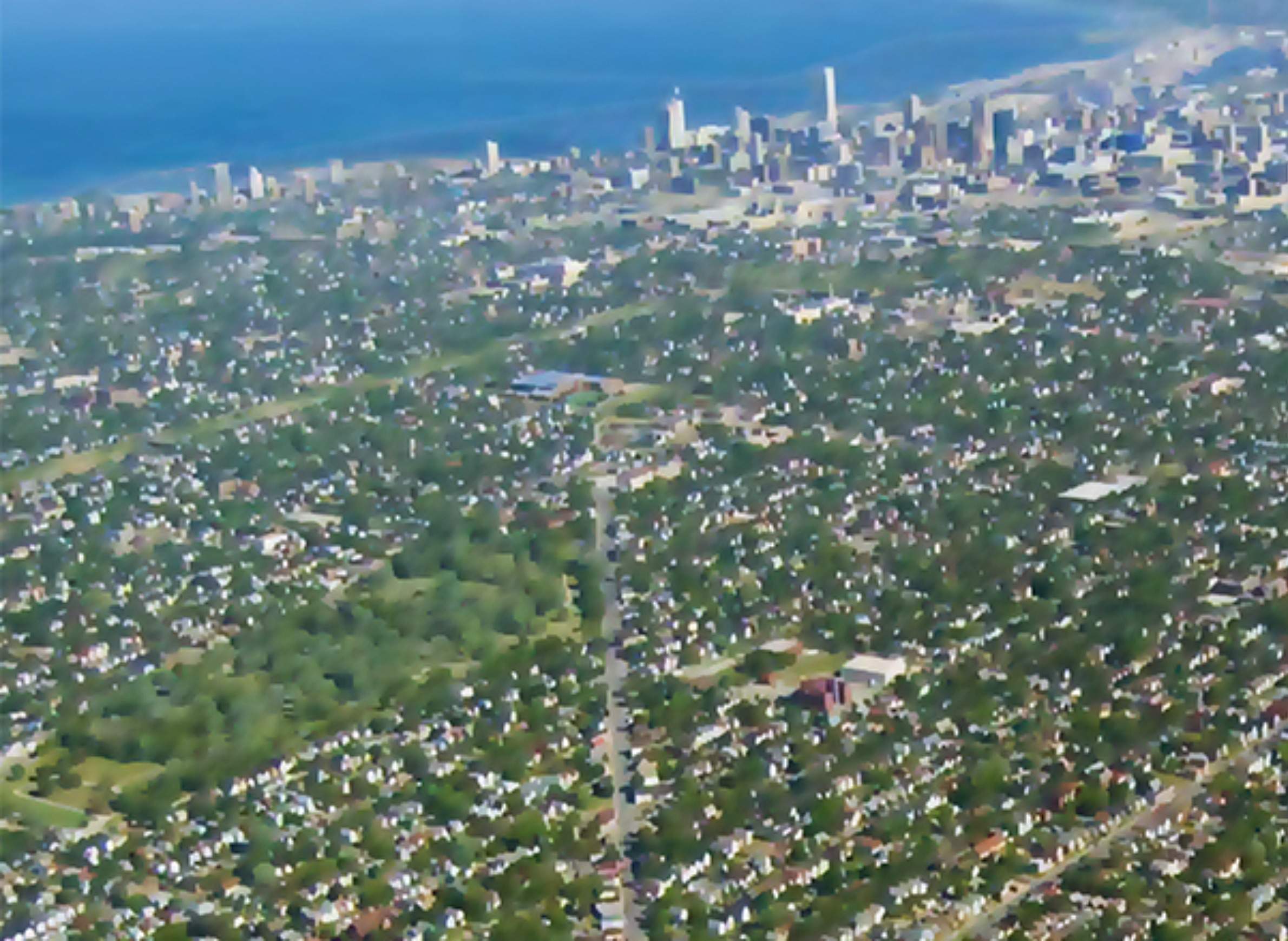
Illustration by Kristian Knutsen; image via city of Milwaukee
Series: Milwaukee Gun Violence
Milwaukee experienced a dramatic increase in shootings and homicides in 2015. This violence was concentrated in the poorest areas of Wisconsin's largest city, one with entrenched racial and economic disparities. The locations of most homicides correspond with the zip codes that have the highest poverty rates, the lowest levels of educational attainment, weak access to mental-health services, and high numbers of people struggling to pay rent. These issues are also connected to historical events like the city's urban-renewal programs of the 1960s, which displaced many African-American families from their homes.